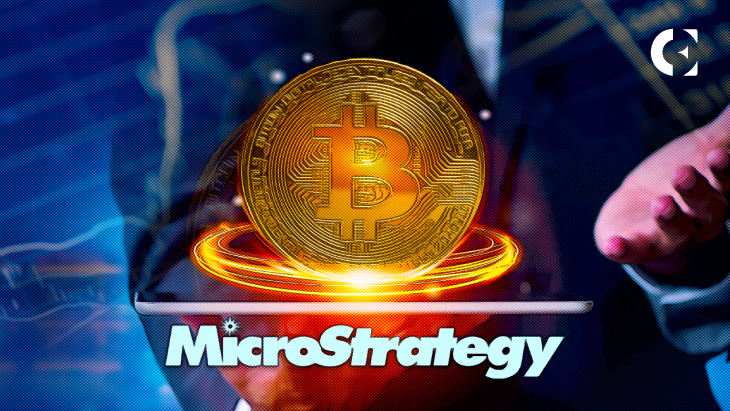- Michael Saylor stated, “You can never have too much Bitcoin.”
- Bitcoin is a digital property without the risks or liabilities of commercial real estate, according to Saylor.
- ETF approval would generate more adoption and accelerate institutional awareness of Bitcoin.
Michael Saylor, executive chairman of MicroStrategy, a business intelligence company, stated, “You can never have too much Bitcoin.” Saylor described Bitcoin as a digital property without the risks or liabilities of commercial real estate, a digital commodity without the liability of gold, and a digital technology investment without the risks and liabilities of big technology.
The MicroStrategy chief noted that the company has partnered with Microsoft on artificial intelligence (AI), making it the first business intelligence company to put AI into its product line. According to him, that partnership provides an artificial intelligence boost to MicroStrategy’s intelligence business.
Saylor claimed Bitcoin spot ETF approval by the U.S. Securities and Exchange Commission (SEC) would benefit MicroStrategy. He believes such a scenario would generate more adoption and accelerate institutional awareness and education for the flagship cryptocurrency.
The executive chairman highlighted that his company’s unique offering is different from the generally anticipated ETF offerings. Saylor said that MicroStrategy uses intelligence leverage, does not charge fees, and can generate a tax-deferred Bitcoin premium for investors.
Furthermore, the renowned Bitcoin investor spoke about the upcoming Bitcoin halving and the impact it could have on the pioneer crypto’s price. He noted that most of the people currently selling Bitcoin are miners who need to do so to pay for their electricity bills, capital costs, and debt retirement.
According to Saylor, the amount that Bitcoin miners sell amounts to about $1 billion worth of Bitcoins every month. He explained that with Bitcoin halving, that amount would be cut in half, meaning that $12 billion worth of natural selling per year would become $6 billion. At the same time, developments like spot Bitcoin ETFs would increase the demand for Bitcoin. Hence, most people were bullish on the top crypto’s price, as supply would contract while demand increased.
Disclaimer: The information presented in this article is for informational and educational purposes only. The article does not constitute financial advice or advice of any kind. Coin Edition is not responsible for any losses incurred as a result of the utilization of content, products, or services mentioned. Readers are advised to exercise caution before taking any action related to the company.







